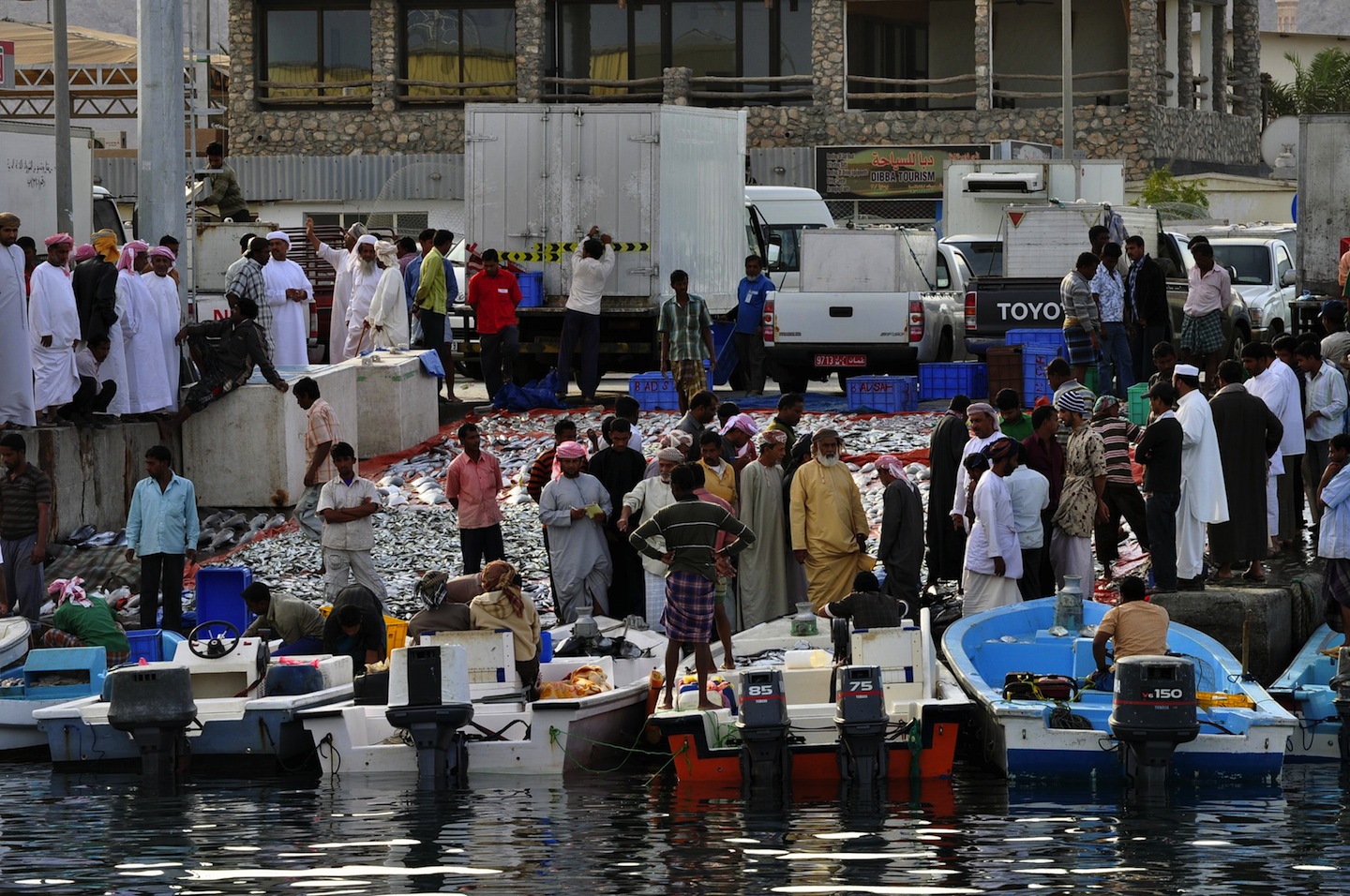Despite favorable diplomatic relations between Iran and Oman, the two countries still have not been able to achieve much in bilateral trade.
In a meeting held at TCCIM’s headquarters in Tehran last week, economic experts and business managers explored Iran’s export capacities vis-a-vis Oman, Tehran Chamber of Commerce, Industries, Mines and Agriculture’s website reported.
“According to the International Trade Center, Oman’s imports in 2016 stood at $23 billion, of which Iran only had a small share of 3%,” Maryam Khazaei, TCCIM’s deputy for economic studies, said.
According to the official, the Omani economy has been moving toward non-oil trade in recent years.
“In the framework of Oman’s Seventh Five-Year Development Plan (2016-20), the government intends to make big changes by putting non-oil trade on top of its agenda to diversify its economy,” she said.
She noted that the future of Oman’s economy is focused on industry, transportation, logistics, tourism, fishing and mining, adding that investment in the production of petrochemicals such as polyethylene is among Oman’s macroeconomic plans.
According Khazaei, an analysis of Oman’s economic policies shows that development of shipping lanes, railroads and roads are expected to expedite in the country.
“Hence, Iranian companies’ exports of technical and engineering services to the Omani market should be considered a great business opportunity,” she said.
Secretary of Oman Desk at Iran Trade Promotion Organization’s Arab-African States Department Masoud Taherimehr said there is strong demand in the Omani market for construction materials, steel, copper cathode, agro and food products, sweets, chocolate, nuts, fish and shrimp.
According to Taherimehr, foreign companies’ share in contracting state projects in Oman is about 30%.
Islamic Republic of Iran Customs Administration’s data show Iran’s exports to Oman witnessed a staggering increase of 116% in volume and 45% in value in the last Iranian year (ended March 20, 2017) compared with the year before, rising from 648,000 tons of commodities worth $375 million to 1,404,000 tons worth $544 million.
According to IRICA, the average growth of the value of Iran’s annual exports to Oman during the 11 years to March 21, 2017, stands at 24%. The rate stands at 11% when it comes to Iran’s imports from Oman.
Secretary-General of Iran-Oman Chamber of Commerce Anahita Farzam, also said at the meeting that Iran’s top exports to Oman include fruits and vegetables, bread, dairy products, eggs, raw meat, livestock and iron.
“Iran’s main imports from the neighboring country are oil products and cars,” she added.
Farzam noted that the Omani government allocates bank loans covering 50-70% of projects with high economic prospects.


